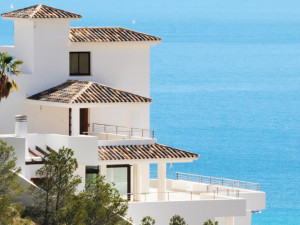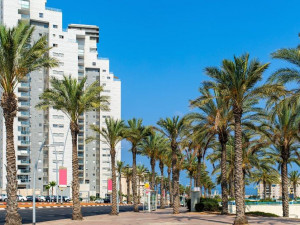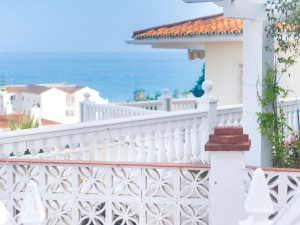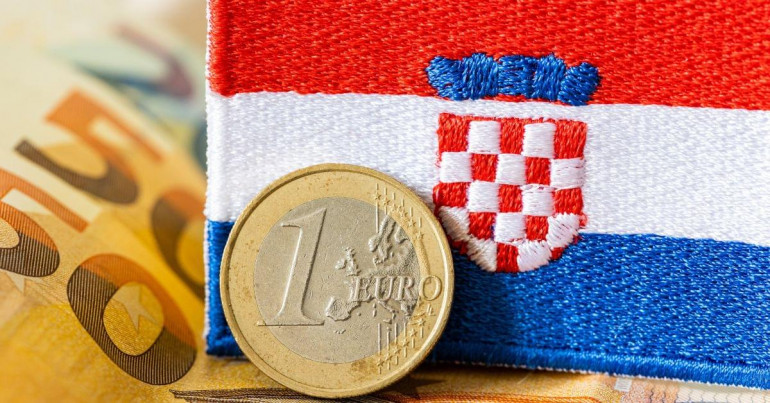
It’s finally happened: Croatia has entered the Eurozone as of 1st January 2023. It’s the first country to do so in seven years and comes amid a backdrop of difficult economic times around the globe. So as the Balkan nation bids farewell to the kuna and welcomes the euro, what will the impact be, particularly for property buyers?
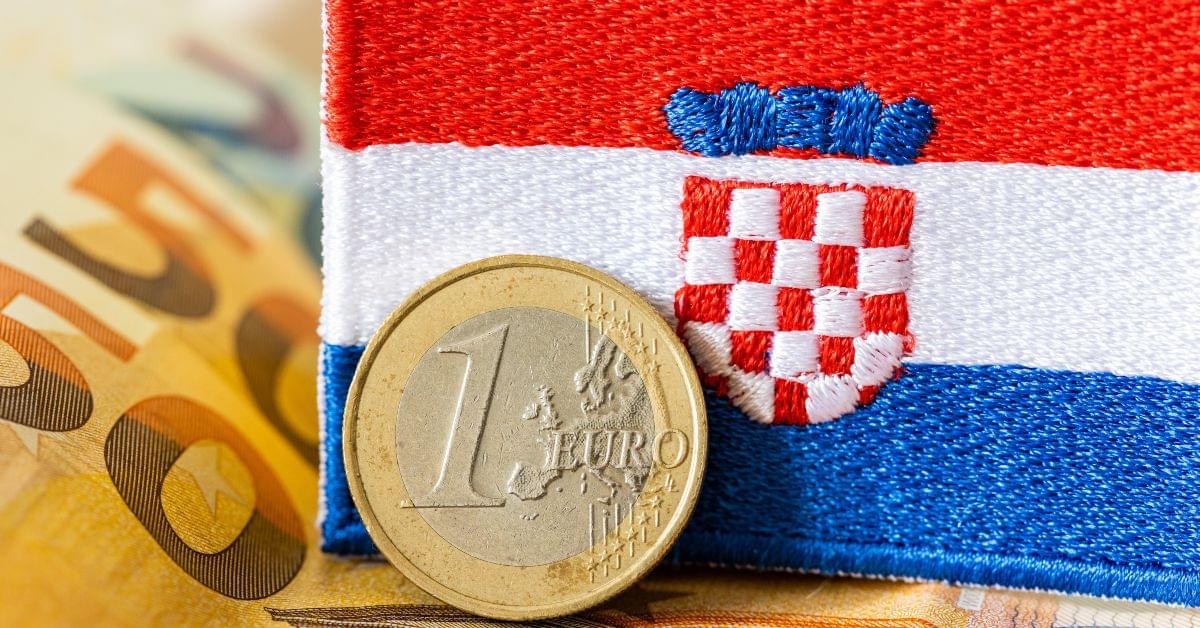
A project ten years in the making
Ten years after it joined the European Union, Croatia has reached the ultimate transition point from its existing currency, the kuna, to the euro. It’d already spent two and a half years as part of ERM II, or the European Rate Mechanism II. This is the system that firstly aims to stabilise the currencies of non-Eurozone (and non-opt-out) currencies within the EU and secondly works as an assessment method of those looking to join the currency bloc.
During this period, the kuna was nominally allowed to fluctuate up to 15% around the euro’s value. In practice, however, it closely followed the single currency without excessive unilateral movement (note that this doesn’t mean the kuna didn’t move, as all currencies do, but that it didn’t move outside of the euro trend). This was nothing particularly unusual, as it has been a policy of the Croatian National Bank since the Euro’s inception.
In November 2020, Prime Minister Andrej Plenković stated his aim to adopt the euro by the beginning of 2023. In July 2022, with budget deficit requirements met, the European Parliament voted 539 for Croatia to join the eurozone.
How the ground was laid for a transition to the euro
So how does the transition from kuna to euro work?
Well, it’s important to know first that Croatia is in fact no stranger to the single currency. Holding savings in euros, for instance, has been common for some time, and some 45% of Croatians already had a euro account. Not only that, but an overwhelming 80% of bank deposits were already being made in the currency.
Starting in September 2022, dual prices were displayed until the new year to help familiarise buyers with the new prices and stop attempts at underhandedly rising costs. Payments continued to be possible in kuna until mid-January; while they’re now euro-only, it’s still possible to exchange old money through the Croatian National Bank.
Expectations of price changes in Croatia are mixed
For anyone with financial connections to Croatia, the official line is that price changes are expected to be “baked in” due to existing use of the euro.
That said, on the ground, there does seem to be some movement. The government has accused small traders of using the transition as an opportunity to raise their prices, calling it “unacceptable”. In response, the Croatian Employers’ Association said that it was a case of either businesses using allowed rounding rules, where they would round the price up or down accordingly during the transition, or a case of inflation pushing their prices high.
The real reason may be somewhere between the two, but what we can say with more certainty is that there is a strong focus on the future of the real estate sector – and a possible increase in sale price expectations from vendors.
Foreign investment could drive property prices
Concurrently to joining the Eurozone, Croatia has now also joined the Schengen Zone – meaning that other member states have the right to completely borderless travel as well as residency.
This means that demand – and prices – may be expected to grow further. We’ve seen in countries like Portugal how Eurozone property markets with a lower cost of living than the average in Western Europe have become increasingly attractive for the tech industry and digital workers looking to live their lifestyle in the sun. Prices in hotspots like Lisbon and the Algarve, however, have outstripped local wage growth.
As Croatia actively promotes itself to remote workers, being one of the first in Europe to launch a dedicated visa, it could well find itself going down the same route.
National Bank Governor Boris Vujčić says that the fact that Croatia has entered the Eurozone may be tempered by high interest rates, keeping the property market cooler. Nonetheless, as he highlights, 20% of purchases already come from abroad. We could therefore see investors and buyers hedging their bets that they would still be able to get ahead of the curve – in spite of inflation – and looking at purchasing in Croatia.
According to the latest data published by the Croatian Bureau of Statistics, house prices in Q3 2022 grew 14.8% year on year. In the popular Adriatic Coast region, property prices continued to consistently rise by 2.8-3.3% per quarter even through the pandemic.
If we zoom out further, Adriatic property prices are up over 100 points on the property index since 2002 and have recovered by over 40 points since the 2008 financial crisis.
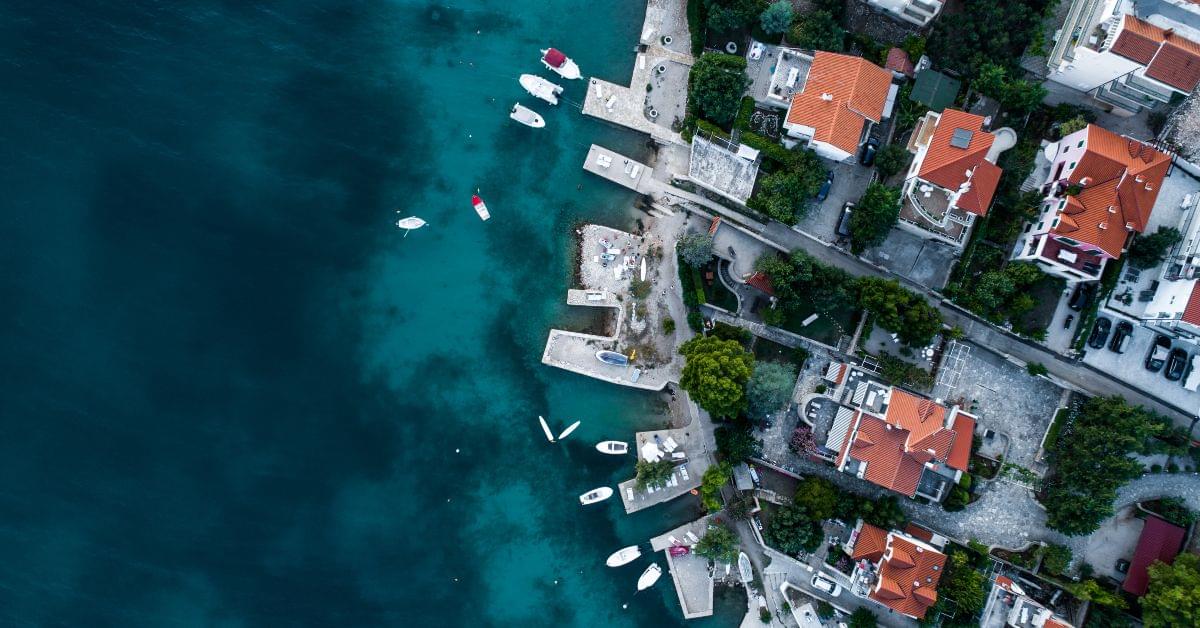
Managing the costs of purchasing in Croatia
Now that Croatia has joined the Eurozone, anyone from within the single currency zone will no longer need to factor in exchanges for purchases that were previously made in kuna.
For those of us buying from outside, however, the same principles of currency risk still apply. We’ve previously discussed how important it is to protect your budget against the unpredictability of suddenly moving markets. However, in light of the potential for continued price growth in the property market, for instance, the ability to protect against other extra costs becomes even more important.
Imagine you agree to a property price of €250,000. In the past year with exchange rate changes, that could have cost anything from £206,000 on 4th March to £223,000 on 28th September. That’s an enormous difference in seven months – outstripping the quarterly growth rate. If we took the same price of £206,000 and applied the Q1, Q2 and Q3 Adriatic growth rates in turn to it, we’d get an eventual price of around £225,000.
In this example, protecting against costs would have helped the buyer to see off an increase in currency costs that is almost as much as house price growth itself.
Croatia in the Eurozone: careful planning means opportunities abound
As we’ve seen in our example above, therefore, planning ahead to de-risk any transfers to Croatia is crucial for anyone looking to protect their budget or considering the country as somewhere to get ahead of the curve of price rises. The transition has been less of a shift than in some other economies due to the existing use of the euro, but the vagaries of the currency market remain for those from outside the single currency zone. To find out more about how you can safeguard your money from currency volatility, make sure to keep up with our blog.
Alexander Fordham
Alexander is a writer specialising in foreign exchange and overseas property, with seven years’ experience helping people to purchase abroad and send money safely, including hosting seminars on the topics around the UK. You can find him out hiking, travelling and working from Spain in the sunnier months.
